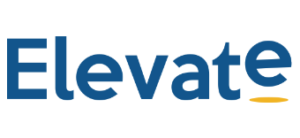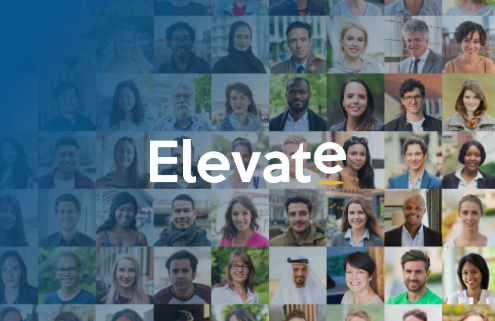Discover Suitable Candidates Using Your Legacy Systems Data
Data is the new oil. Vital to power our activities yet costly to acquire.
This is especially true for the recruitment industry, where the need for multiple sources of verified talent data (CV’s) is the life blood that is required to drive daily activities.
Many businesses are paying high prices needlessly for building these different sources of talent , though, given that they’re already sitting on vast treasure troves of legacy candidate data. The issue is that this data has been challenging to interrogate via boolean search, but that’s no longer the case.
Let’s take a closer look at what we mean by legacy data, why it was so difficult to manage in the past, and why it is critical to migrate your legacy data now.
What Is Legacy Data?
Legacy data is information that is stored in an old or obsolete system. This means that the data is difficult – or even seemingly impossible – to access and incorporate into an existing system.
It’s common for recruiters and hiring managers to have lots of legacy data spread across different systems, such as:
- Disused Excel spreadsheets
- Physical CVs and application forms
- Obsolete in-house tools
- Candidates CV’s stored on various hard drives and cloud drive applications.
While the data might be locked away and inaccessible, it’s still precious. The truth is businesses might find themselves paying to acquire new potential candidates when they already have that information in an obsolete system.
Thankfully, cutting-edge technology can now act as the key to open those useful treasure chests of candidate data.
Why Was Legacy Data Difficult to Manage?
Recruiters and hiring managers need to focus on what they do best: building relationships with candidates and assessing their suitability for a range of roles. They can’t afford to spend their time collecting, organising, analysing, interpreting and presenting candidate data.
Aside from the time and skill shortage, the diverse nature of those legacy systems made it difficult for businesses to extract and sort that data in a logical and automated way.
Those factors mean that for far too long, businesses have sat on valuable data that they paid for but couldn’t use.
Why Is It Critical to Migrate Legacy Candidate Data Now?
Now’s the time to migrate your legacy data and unlock its full potential. Here are the key reasons that are the case:
1. Move quickly
Manually moving and manipulating data is no fun: it takes a long time, it’s uninspiring work, and there’s always the potential for human error.
Cutting-edge technologies offer businesses powerful functionality that makes it simple to handle legacy data. New AI sourcing technologies – like the Elevate Valut – can automate the process to migrate legacy data quickly and accurately giving you instant access to a useable talent pools.
This empowers businesses to move quickly and bolster their talent pools with high-quality candidate data in no time at all.
2. Reduce wastage
There’s a good chance that you pay top dollar for each candidate that you acquire. This means that your legacy candidate data is just as valuable as the day you first paid for it.
New technologies can help you to re-use that older data, protracting its value and boosting your ROI even many years later. This allows businesses to reduce wastage and squeeze every ounce of value from the data that they collect.
In a time when candidate data is so expensive and challenging to acquire, this can give you the edge over the competition.
3. Access a more significant volume of leads
As we touched on already, data is the new oil. If your recruiters and hiring managers are going to continue chugging along and getting the results that you need, you must provide them with as much fuel as possible.
The talent shortage means that by 2030, there will be a human talent shortage of an estimated 85 million people. If you’re going to conquer the talent shortage challenge, you’ll need as much data as possible.
Mobilising your legacy data is a great way to put yourself ahead and grow the volume of leads that you can access for your positions.
4. Harmonise your data in one place
Data is vital to recruitment success, so you must learn how to manage and manipulate data to fit your needs. Often, this means collating your data and putting it in one location.
By migrating legacy data into your current talent pools, you’ll be better able to manipulate and sort that data. Powerful platforms like Elevate can give recruiters the ability to intelligently match candidates to specific roles based on many data points, too, further assisting recruiters and hiring managers.
Closing Thoughts
We hope that this piece has been useful to you. As you can see, now’s the time to start migrating your legacy data and unlocking its actual value for your business.
Elevate can empower acquisition teams to move faster and recruit talent quicker. Request a demo today to see Elevate in action.



